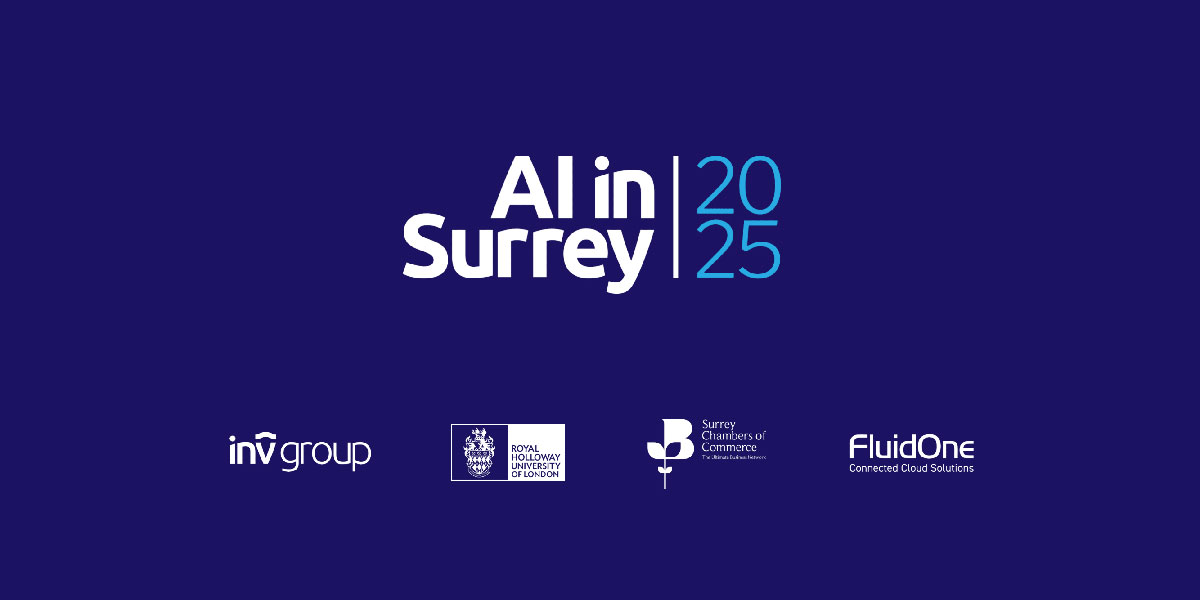The Coronavirus pandemic has shown data science in healthcare in good and bad lights depending on your viewpoint and beliefs. This is a short high-level view (written before March!) which looked at things that need to change.
Looking back at how technology and data have changed the landscape of our lives over the past two decades is quite astounding. From how we interact with our families and friends to how we carry out our daily duties – the digital boom of the 21st century has revolutionised every corner of our lives.
This transformation by no means excludes healthcare. The exponentially increasing volume, availability and quality of data has already led to the evolution of the health and life sciences sector across the planet – and will continue to do so in the coming years.
How healthcare has been reshaped by intelligent data
One of the most evident ways has come from the evolving methods of utilising existing data. Moving into the 2020s, changes to the accessibility of data are set to make an enormous impact.
The most widely recognisable methods of data access and collection are the long-existing primary and secondary sources of data, which exist in largely manual, post-event documentation methods, i.e. billing claims, management reporting, diagnosis, procedure, complications, complaints, etc.
But what has really come to fruition is the development of automated primary and secondary data collection. Take, for instance, laboratory values out of automated analysis machines, physiological values from wearable devices – such as heart rate, blood pressure, daily steps – or more complex physiological information out of healthcare facilities – e.g. blood toxicity and organ function from intelligent ICU monitoring systems.
This is a rapidly developing field. One of the definite things which will emerge in the next 10 years is an explosion of more data accrued and more complex information generated which will allow our systems to develop.
But then, there’s the conversation about how we can access this newfound data.
Data management and evolving structure
At the moment, our data sits in little silos that are sometimes very difficult to bring together, for two main reasons. One is technologically, and one is from a governance perspective.
From the technological standpoint, one potential solution lies in solving the technological limitations around standards and interoperability. There’s the HL7 system, or “FHIR” (Fast Healthcare Interoperability Resources) which is a standard for exchanging healthcare information electronically.
As healthcare records are increasingly becoming digitised, new electronic health records must be accessible and readily available. New organisations are accepting that if they build their data models to an existing standard, it increases their potential and ultimately increases their commercial advantage.
Standards are crucially important because if data isn’t structured the right way, it’s more difficult to draw conclusions and to collaborate with other data sets.
Data compliance and control
In the past, there have been fiercely fought and entrenched battles around data ownership by organisations who create it, collect it and individual it pertains to. Nowadays, more and more people are beginning to understand data control and it is becoming accepted that people own their personal data.
Moving forward, people will become more acutely aware of what is happening with their data. And, as we’ve seen in FinTech, remote, mobile access to personal data is not a preference or added benefit to services – it’s now a necessity.
With people always carrying their data with them, personal health records, among other crucial documents, are far easier to access. Through this surge in interconnectivity, more and more citizens are taking control of their personal data and deciding which second and third-party corporations can use it.
Choosing who accesses your data, and how they use it if you decide to let them, is an essential aspect of developing a data-conscious and privacy-savvy society – especially within the rapidly growing field of healthcare.
This article was originally posted in World Healthcare Journal





